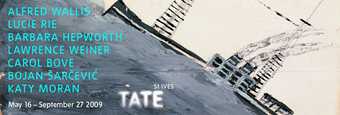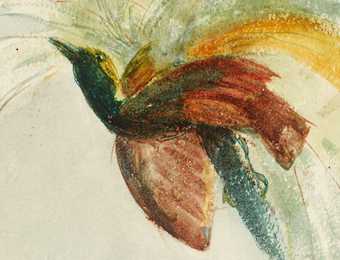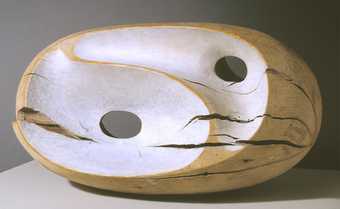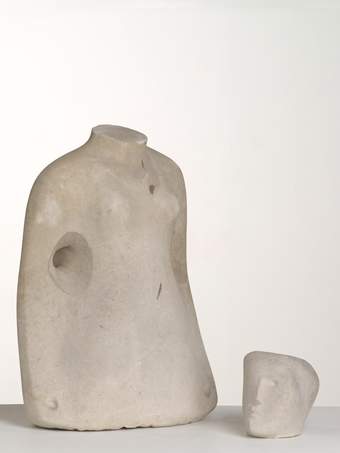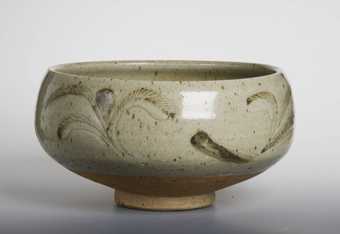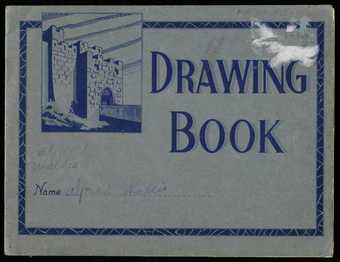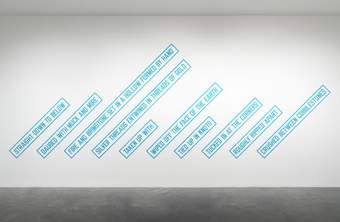For the Summer Season 2009, Tate St Ives presents seven one-room displays of fine and applied art produced during the last eighty years. Four of the seven artists are working now; three were working in the previous century.
By bringing together historic and contemporary figures, the exhibition shows how avant-garde art made in earlier decades of the twentieth century continues to influence artists working today. Ideas and forms which were once considered radical return and reappear, before eventually becoming integrated into mainstream culture.
The three earlier figures – Barbara Hepworth, Lucie Rie and Alfred Wallis – were each associated with the St Ives colony during the twentieth century. The contemporary work is by four important emerging and established artists whose works engage with the legacies of Modernism and who are, to a greater or lesser extent, critically rethinking both the style and ideology of Modernism. Together the seven rooms suggest shared themes and open up dialogues, between artists and across generations.
The exhibition includes painting, film, text and sculpture but all of the works have a strong material presence. The time-worn surfaces of Katy Moran's paintings are juxtaposed with the hand-crafted physicality of Barbara Hepworth's carvings and casts. Alfred Wallis's rough, scavenged boards are set alongside the evocative text works of Lawrence Weiner. Bojan Šarčević’s films address sculpture through the intangible media of time and light, whilst Carol Bove's assemblages rely on the social, cultural and communal histories embedded in found objects and images. Lucie Rie is equally concerned with form and function; the honest usefulness of her handthrown pots is set against the aesthetic beauty of their extraordinary surfaces.
The conversations across the seven rooms take us both forwards and backwards through time. The displays are neither surveys nor retrospectives, and the rooms are not arranged chronologically. Instead they emphasise that contemporary art inevitably contains references to the past, while historic art continues to engage with a constantly changing world. In this way the work of younger artists is shown in a rich historic context, whilst the work of older artists is reinvigorated for new generations.

